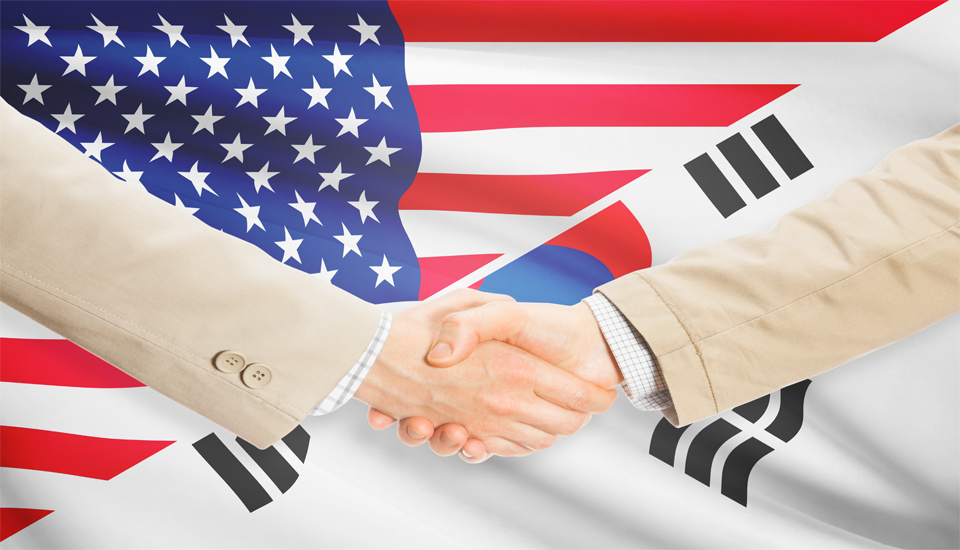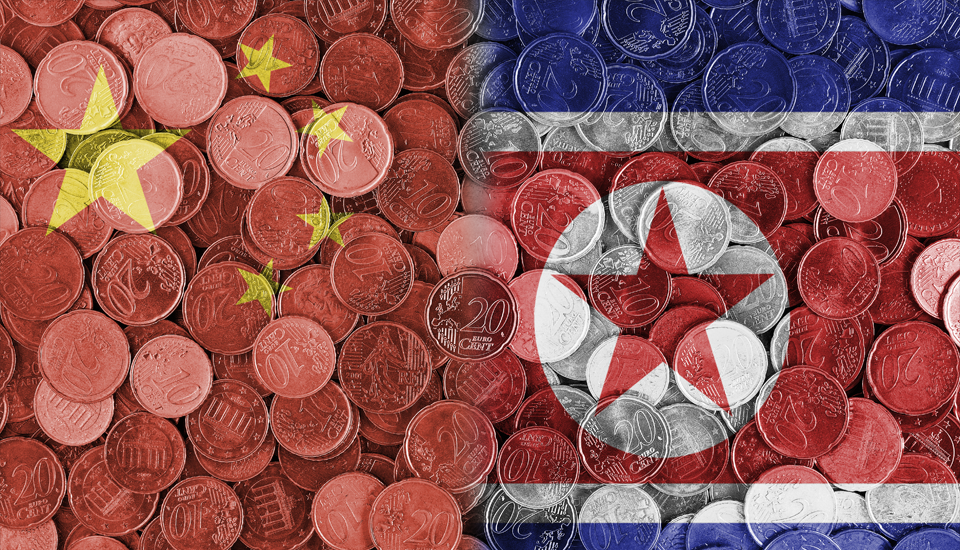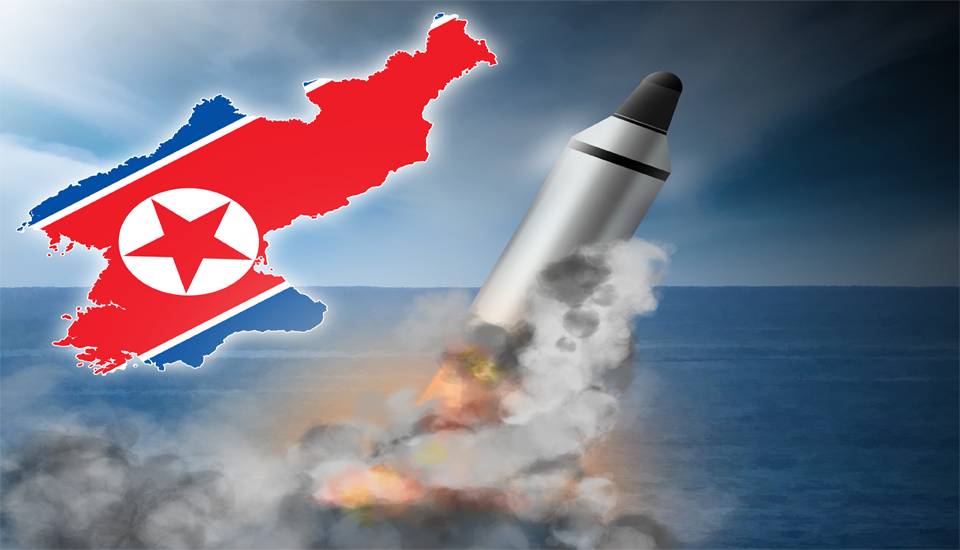
Evaluation and Suggestion on the ROK-U.S. Extended Deterrence Strategy and Consultation Group Meeting
Commentary | October 24, 2022
Jungsup Kim
Vice President of Sejong Institute
Jungsup Kim, Vice President of Research and Education at the Sejong Institute, evaluates ROK-U.S. Extended Deterrence Strategy and Consultation Group (EDSCG) meeting held on September 16, 2022. He claims that the clear warning of an “overwhelming and decisive response” to any North Korean nuclear attack and Washington’s ironclad commitment to drawing on the full range of its military capabilities to provide extended deterrence for South Korea are positive outcomes. However, he indicates that they did not elaborate on how the “tailored deterrence” strategy could be applied to the Korean Peninsula. To address this issue, Dr. Kim highlights the need to institutionalize the concept of extended deterrence and suggests expanding opportunities for information sharing with the U.S., utilizing various consultative bodies to provide an effective extended nuclear deterrent, and stabilizing the crisis while responding to the North Korean nuclear threats.
The United States and the Republic of Korea held an Extended Deterrence Strategy and Consultation Group (EDSCG) meeting on September 16, 2022, in Washington D.C. ROK First Vice Minister of Foreign Affairs Cho Hyun-dong and ROK Vice Minister of National Defense Shin Beom-chul led the ROK delegation. Undersecretary of State for Arms Control and International Security Affairs Bonnie Jenkins and Undersecretary of Defense for Policy Colin Kahl led the U.S. delegation. This is the third meeting of the high-level EDSCG, taking place after the initial December 2016 meeting held under former President Park Guen-hye and the second January 2018 meeting under former President Moon Jae-in. Notably, this meeting is meaningful in that the two presidents agreed to resume the EDSCG as soon as possible at the ROK-U.S. summit, which was held for the first time since the Yoon Suk-yeol government was launched in May. In addition, the high-level diplomatic and defense working group meeting of the ROK and U.S., which has not been held despite the DPRK’s escalating nuclear threat since the inter-Korean reconciliation mood in 2018, has resumed in four years and eight months.
Main Agenda of the EDSCG Dialogue
The EDSCG, a gathering of the allies’ vice-ministerial defense officials and diplomats, focuses on the diplomatic and defense postures of the United States and the ROK against the North Korean nuclear threat. The most important message is that the United States and the ROK reaffirmed that a DPRK nuclear test would face a firm and resolute whole-of-government response, where the two sides committed to continue concerted efforts to strengthen the alliance deterrence posture. The United States reiterated its ironclad and unwavering commitment to drawing on the full range of its military capabilities, including nuclear, conventional, missile defense, and other advanced non-nuclear capabilities, to provide extended deterrence for the ROK.
To be specific, the United States committed to strengthening coordination with the ROK to continue to deploy and exercise strategic assets in the region in a timely and effective manner to respond to the DPRK and enhance regional security. The US highlighted the joint training of fifth-generation F-35A fighter jets in July and the upcoming deployment of the Ronald Reagan Carrier Strike Group in the region as a clear demonstration of such U.S. commitment. Both sides of the ROK-US alliance declared that they would continue to seek ways to enhance alliance strategic readiness by using table-top exercises (TTXs) to improve information sharing, training, and exercises related to nuclear and non-nuclear threats. Both sides also pledged to continuously strengthen cooperation for the alliance’s missile response capabilities, as well as in the space and cyber domain, such as through expanded multi-domain exercises. Meanwhile, the EDSCG delegation's inspection of the B-52 strategic bomber, which drew public attention, was evaluated by both countries as an opportunity to develop a shared understanding of U.S. extended deterrence.
Post-meeting Assessment and Future Challenges
EDSCG can be evaluated as a timely dialogue that gave a clear message to the two Koreas amid escalating North Korean nuclear threats. North Korea has been testing a variety of ballistic missiles, and on September 8, it passed a new law that will allow it to carry out a preemptive nuclear strike. North Korea has been solidifying its status as a de-facto nuclear power and declaring its nuclear doctrine both at home and abroad, all the while strengthening its nuclear and missile capabilities. In this situation, it is meaningful for the U.S. and ROK to reaffirm their commitment to continue and strengthen close alliance consultation against growing North Korea’s nuclear threats. Extended deterrence is a matter of military commitment to responding to the North Korean nuclear threat, but it is fundamentally a function of the ROK-U.S. alliance. In case the alliance shows a firm commitment based on common threat perception, the credibility of the extended deterrence will be enhanced accordingly. This EDSCG meeting is meaningful in that it has been coordinated with strengthening alliance solidarity.
While this meeting has brought forward optimistic results in the big picture, it has also left much to be desired. At the meeting, while there have been mentions of the U.S.’s confirmation for continued commitment and timely development of strategic assets, details on how to enhance the effectiveness of the extended deterrence mechanism were not substantiated. Moreover, beyond the rhetorical comment of “reaffirming mutual commitment” and “strengthening mutual assistance”, the U.S. did not elaborate on how the new concept of ‘tailored deterrence’ could be applied to the Korean Peninsula in the near future.
Therefore, going forward, South Korea and the U.S. need to make more efforts to deepen and institutionalize the concept of extended deterrence beyond simply managing diplomatic messages. First, the effectiveness of extended deterrence should be improved by expanding opportunities for information sharing and strengthening joint planning. Rather than simply confirming the pledge for more robust extended deterrence, it is necessary to implement measures to improve the level of consultation between the two countries to be specific on when, under what circumstances, and how nuclear and non-nuclear options will be devised. To this end, it is necessary to exchange information on the U.S. nuclear capabilities and planning procedures and to find ways for the Korean military to take part in planning as well as identifying plans and options made by the U.S. Strategic Command for both times of peace and in crisis alike. The U.S. president has the sole authority to authorize the use of U.S. nuclear weapons, and even partner countries find difficulty engaging in actual nuclear operations planning. However, as North Korea's recent nuclear weapon capacities have advanced to the level of a “war-fighting” capability, extended deterrence cannot remain at the level of verbal agreements alone.
Second, various consultative bodies must be utilized and developed to provide an effective extended nuclear deterrent. By its nature as an institution of including the two countries’ defense and diplomatic officials, the EDSCG finds difficulty in expanding its role beyond signaling and managing diplomatic messages. Therefore, apart from this, the Deterrence Strategy Committee (DSC) should be utilized in terms of national defense, to overall address issues of extended deterrence, such as posture, in depth.
Third, the Yoon Suk-yeol administration tends to focus too much on deploying strategic assets and joint military exercises. These are necessary measures to send a clear message to the DPRK by reaffirming the mutual commitment between South Korea and the United States. Yet, armed demonstrations, such as strategic asset deployment or drills, should be implemented only when necessary with a clear purpose, to avoid overreliance. This is because the effectiveness may be diminished with frequent usage, and it can escalate military tensions on the Korean peninsula. As mentioned above, we should respond to the North Korean nuclear threat by intensifying and institutionalizing extended deterrence, instead of stopping at a symptomatic treatment.
Lastly, South Korea and the U.S. should manage the North Korean nuclear threat by strengthening deterrence against North Korea while stabilizing the crisis. As North Korea’s nuclear doctrine states, North Korea's nukes are not confined to the role of the last resort for deterrence against war but are evolving to carry out a ‘deterrence by denial’ strategy through its “operational missions,” evident by North Korea’s tests to operationalize tactical nuclear weapons for combat. This means that the nuclear threshold can be lowered, heightening the risk of nuclear escalation and greater potential for accidental nuclear warfare from miscalculation and mishaps. In this respect, avoiding messages that can unnecessarily provoke North Korea, such as talks about preemptive strikes or decapitation strategies, is necessary. Therefore, South Korea and the U.S. should keep in mind that it faces the dual challenge of addressing failures in crisis management as much as deterrence failures.■
■ Jungsup Kim is a Vice President of Sejong Institute. He earned Ph.D in International Relations at the University of Oxford. He served as a civil servant at the Ministry of National Defense and a staff member of the National Security Council(NSC). Most recently, he was Deputy Minister for Planning and Coordination at the Ministry of National Defense. His primary research areas include the U.S.-ROK alliance, nuclear strategy, and defense reform.
■ Typeset by Junghoo Park, Research Associate
For inquiries: 02 2277 1683 (ext. 205) | jhpark@eai.or.kr
International Relations

The Influence of the COVID-19 Pandemic on the DPRK-China Economic Ties and their Impact on the Korean Peninsula
Eun-lee Joung | 07.October.2022

The Road to Denuclearization of the DPRK: The DPRK’s Strategy and the ROK-U.S. Response Plan
Won Gon Park | 19.September.2022

America’s Alliance First vs. DPRK’s “neo-Cold War” First: An Assessment on US-DPRK Relationship
Li Nan | 13.September.2022
LIST